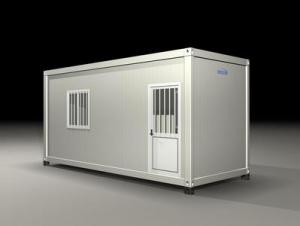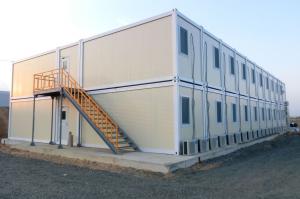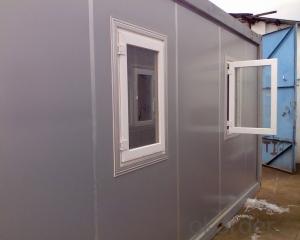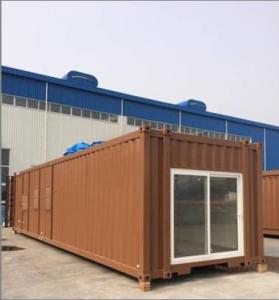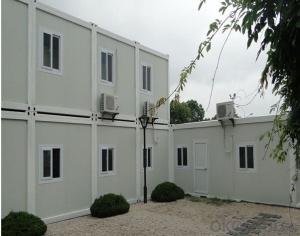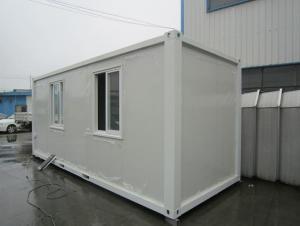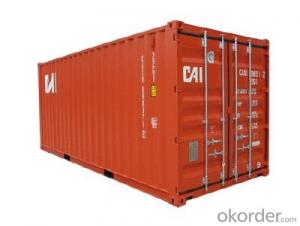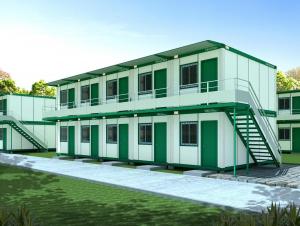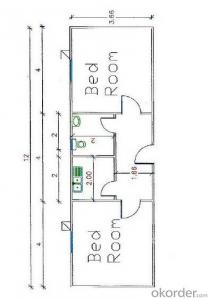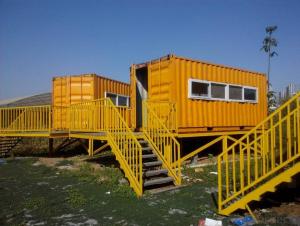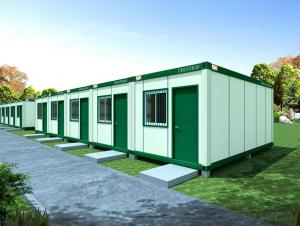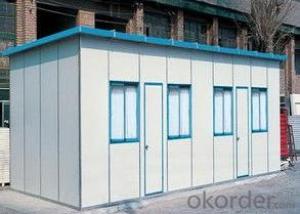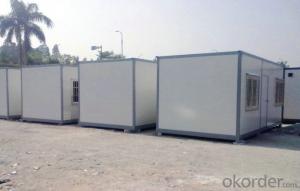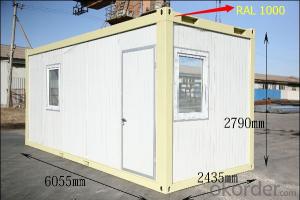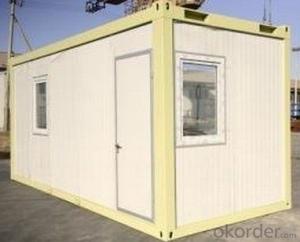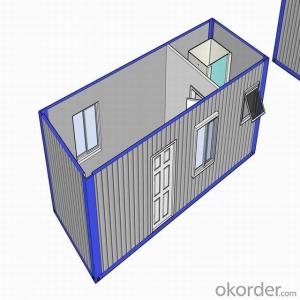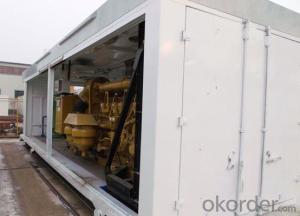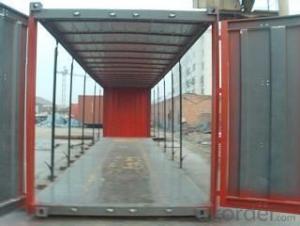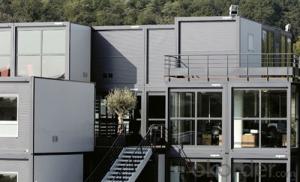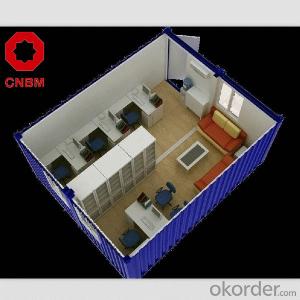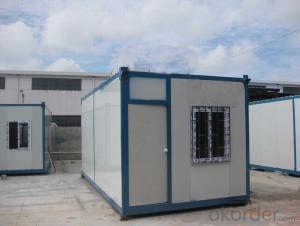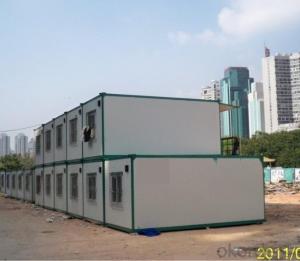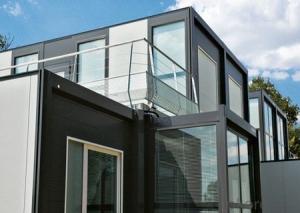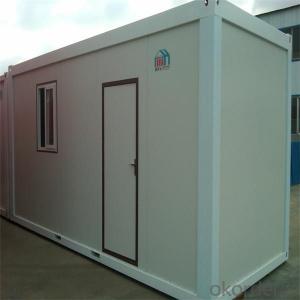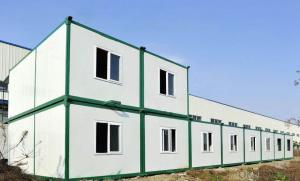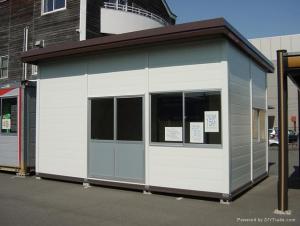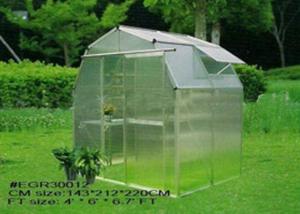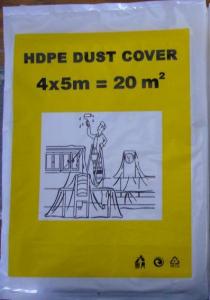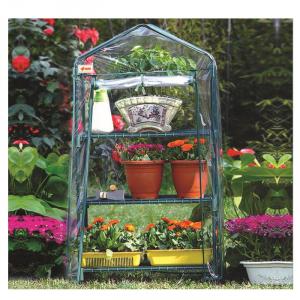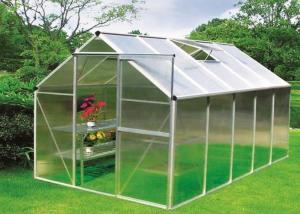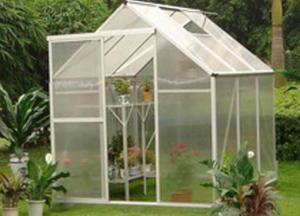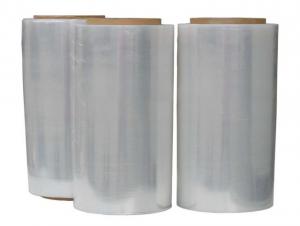Container Construction Homes
Container Construction Homes Related Searches
Contemporary Container Homes Prefab Cargo Container Homes Used Shipping Container Homes For Sale Finished Container Homes For Sale Steel Building Homes Old Containers For Sale Flat Pack Log Cabin Homes Conex Containers For Sale Lorry Containers For Sale Steel Homes Steel Modular Homes Modern Trailer Homes Railroad Shipping Containers For Sale Stand Up Storage Containers Large Metal Containers For Sale Construction Props Steel Metal Homes Insulated Cargo Containers For Sale Soundproofing Homes Contemporary Prefab Homes Prefab Houses Containment Liners Engineered Steel Buildings Van Storage Bins Mobile Home Models Stairway Elevators Home Conex Homes For Sale Garden Summerhouse With Storage Sealand Containers For Sale Prefab Aluminum BuildingsContainer Construction Homes Supplier & Manufacturer from China
Container Construction Homes are innovative and sustainable housing solutions that utilize repurposed shipping containers as the primary building blocks. These homes are designed to be both functional and environmentally friendly, offering a unique alternative to traditional construction methods. They are known for their durability, ease of transportation, and quick assembly, making them an attractive option for various applications.Container Construction Homes are widely used in various scenarios, such as temporary housing for construction workers, disaster relief shelters, and even as permanent residences for those seeking a minimalist lifestyle. They can also be utilized for commercial purposes, such as pop-up shops, cafes, and offices. The versatility of these homes allows them to be easily adapted to different needs and environments, making them a popular choice for those looking to reduce their carbon footprint while still enjoying the comforts of modern living.
Okorder.com is a leading wholesale supplier of Container Construction Homes, boasting a large inventory that caters to the diverse needs of clients worldwide. With a commitment to quality and customer satisfaction, Okorder.com ensures that each container home is built to the highest standards, using durable materials and adhering to strict safety regulations. By offering a wide range of customization options, Okorder.com enables customers to create their ideal living or working space, tailored to their specific requirements.
Hot Products

